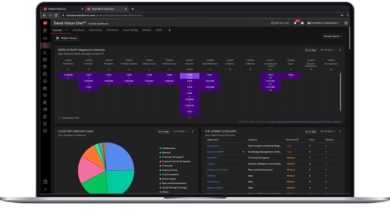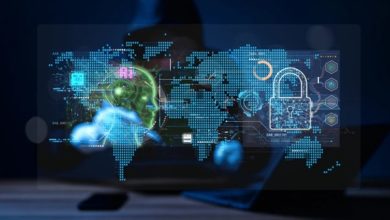APAC Experiences 1530% Surge in Deepfake Incidents Amid Global Fraud Evolution

Sumsub, a full-cycle verification platform, today released its third annual Identity Fraud Report. The report revealed that the APAC region has experienced a 1530% surge in deepfake cases from 2022 to 2023, marking it as the second-highest region in this concerning trend. In addition to this insight, the report highlights a growing trend in sophisticated scams and money laundering cases globally, underscoring the necessity to address and combat evolving fraud patterns.
Identity Fraud Main Trends and Statistics for 2023
Other key findings from the report include:
-
Indonesia, Hong Kong, and Cambodia have witnessed a more than two-fold increase in identity fraud percentages from 2021 to 2023.
-
Bangladesh and Pakistan have the highest fraud rates in both APAC and the world in 2023, with rates of 5.44% and 4.59% respectively.
-
Singapore stands out for successfully reducing its fraud rate in 2023, maintaining a low level of 0.89%.
-
Japan, Australia and Thailand have maintained their fraud rates at under 2% over 2021-2023.
-
There’s been a significant 10x increase in the number of deepfakes detected globally across all industries from 2022 to 2023, with notable regional differences: 1740% deepfake surge in North America, 1530% in APAC, 780% in Europe (including the UK), 450% in MEA and 410% in Latin America.
-
The top 5 identity fraud types in 2023 are: AI-powered fraud, money muling networks, fake IDs, account takeovers and forced verification.
-
Online media is the industry with the highest identity fraud increase (274%) between 2021 and 2023.
Artificial Intelligence and Deepfakes: A Growing Threat
With AI-driven fraud remaining the most prominent challenge across various industries, crypto is the main target sector (representing 88% of all deepfake cases detected in 2023), followed by fintech (8%). In the APAC region, Vietnam and Japan rank the highest for the prevalence of deepfake fraud. Japan, in particular, had notable widespread use of deepfakes in the entertainment sector, while Vietnam, with its rapidly growing digital economy and online-native population, stands as an appealing target for fraudsters.
To combat the prevalence of AI-powered fraud, countries are proactively introducing measures and regulations aimed at safeguarding businesses and individuals from the harmful impacts of AI – such as the effects of deepfakes. For instance, the Hong Kong Monetary Authority (HKMA) published a circular with enhanced measures to defend e-banking from fraudsters in October 2023 which includes enhanced monitoring for suspicious transactions and additional customer authentication.
“The rise of AI presents a paradox. While it can be wielded for malicious purposes, it also stands as an ally for anti-fraud solution providers. The key to ensuring that AI contributes positively to society lies in the establishment of robust regulations and policy guidelines. These measures are crucial for creating an environment conducive to responsible technology use. At Sumsub, we advocate for close collaboration between businesses and regulators, to foster a future of innovation that aligns with compliance standards,” comments Penny Chai, Vice President of Business Development, APAC, at Sumsub.
Verification and Identity Fraud Prevention in 2024: Expert Insights
The report also echoed that AI will be a key focus for regulators in 2024. For instance, China is known to have pioneered deepfake regulation, with the “Regulations on the Administration of Deep Synthesis of Internet Information Services” approved by the Chinese Cyberspace Administration Authority (CAC) in December 2022 and coming into force in August 2023.
Other trends forecasted in the report include the necessity for more robust regulatory responses, an increased emphasis on non-document verification to offer diverse options for confirming identities, online media implementing stricter rules regarding identification, the mandatory need for local authorities to enhance data security and personal information, and the rise of network analysis as a tool to uncover fraud.




